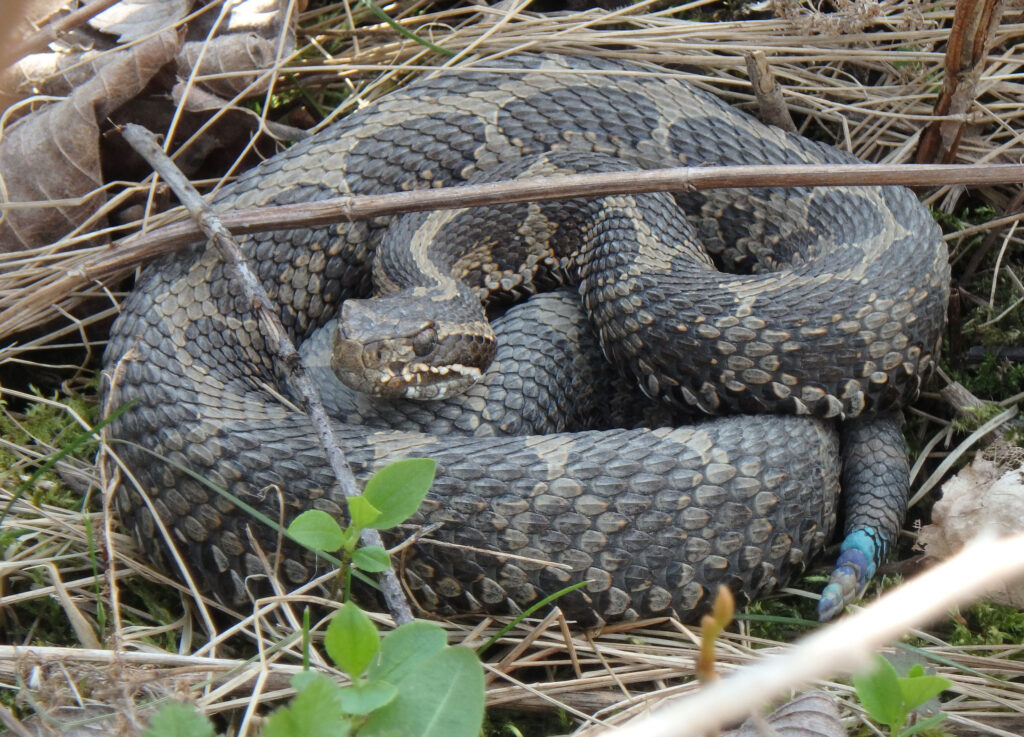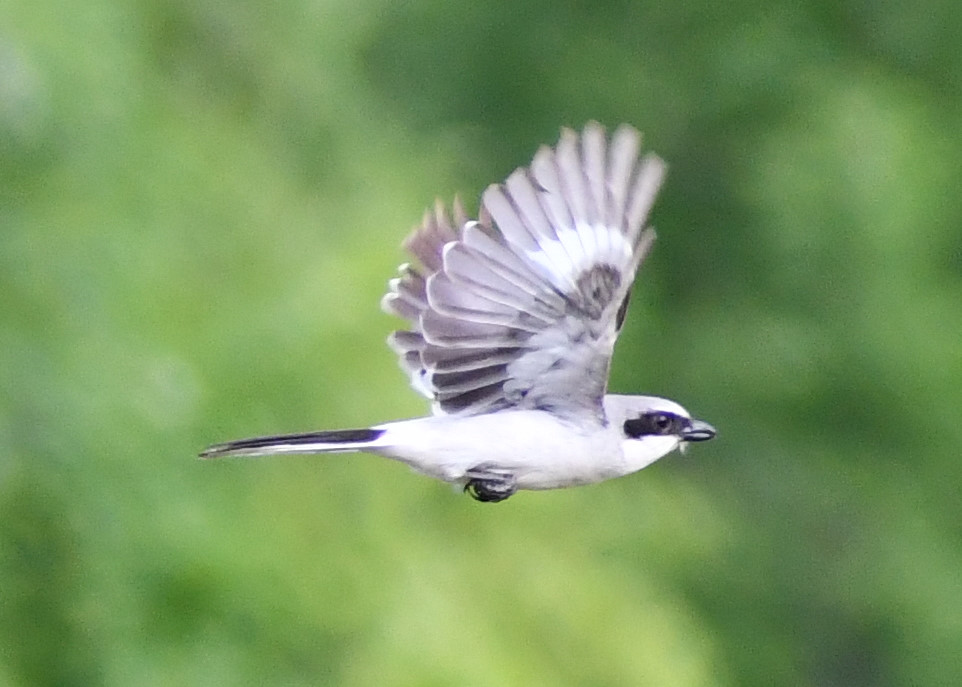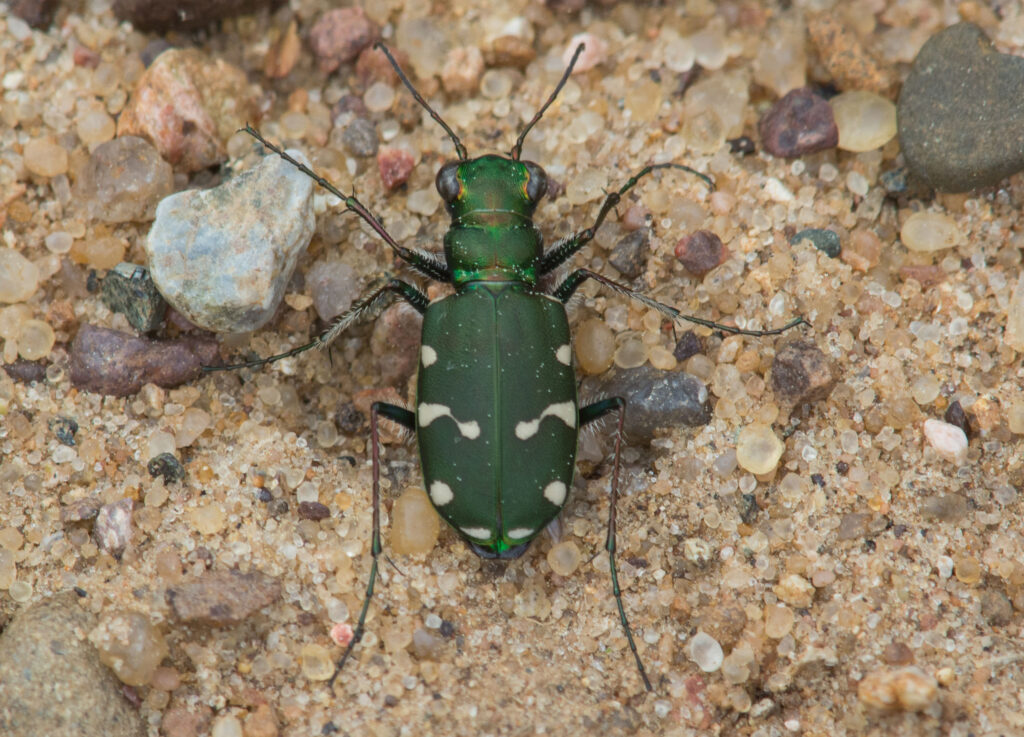
Our Projects
Early adoption of the One Plan Approach places Canada in a leading role for species conservation world-wide, while also realizing a more effective and cost-efficient approach to species at risk recovery planning and implementation, to the benefit of all Canadians. When we are aware of and can assess the full complement of tools in the conservation toolbox, we can ensure that the most effective methods of addressing Canadian species conservation needs are implemented. Through the use of science-based, inclusive and participatory planning processes, we will ensure that all possible management options are considered.
The Canadian Species Initiative strives to:
- Increase awareness of ex situ conservation roles and activities in Canada.
- Use science-based tools and processes to evaluate and incorporate, as needed, ex situ options into species conservation planning.
- Involve both in situ and ex situ communities in species conservation planning and implementation in Canada by providing leadership in application of the IUCN’s One Plan Approach.
The Canadian Species Initiative is grounded in globally recognized workshop processes developed by the Conservation Planning Specialist Group (CPSG), part of the International Union for Conservation of Nature’s (IUCN) Species Survival Commission. Our facilitated workshops are tailored to meet the specific goals of a project, and enable participants to produce meaningful and practical recommendations that consider social, cultural, and economic needs. A wide range of participants is involved in the planning process, including field biologists, wildlife managers, First Nations, academics, and the zoo and aquarium community. Workshops may incorporate more than one process and bring in additional tools in order to ensure goals are met.

Ex Situ Feasibility Assessment
These workshops bring in situ and ex situ communities together to apply a structured and transparent decision-making process that follows the IUCN Guidelines for the Use of Ex Situ Management for Species Conservation. The process is designed to be flexible and can be used for a single species or groups of species. For large groups, a specific process called Integrated Collection Assessment and Planning (ICAP) allows for identification of priorities for ex situ conservation activities and programs by evaluating the conservation value, feasibility and risk of various potential ex situ roles using a rapid species-by-species approach.
Current Project: In partnership with CPSG, we conducted a virtual ICAP workshop in March 2021 to assess ex situ conservation options for the 39 taxa of Canadian snakes. A diverse group of experts including zoo staff, government and First Nations representatives, and species experts from across Canada, the United States, and Mexico came together to discuss the ex situ conservation options for snakes in Canada. Conservation education, training, and research actions were identified for all Canadian snakes, and more intensive conservation programs were identified for several highly at-risk species. Actions identified in the workshop will complement in situ conservation efforts and CSI is looking forward to continuing to work with the Canadian herpetological community to move these efforts forward. Full workshop report available for download below.
“Congratulations to the organizers and participants of this workshop. … it was an amazing event and you should all be proud of the great detail of knowledge you have about Canadian snakes. It should be a great conservation tool for this species we all like so much.” Dr. J. Jesús Sigala Rodríguez, Co-Chair of the IUCN Viper Specialist Group


PHVA
Population and Habitat Viability Assessment (PHVA) workshops directly address the need for scientific analysis of demographic and stochastic processes in endangered species conservation plans. In a participatory, stakeholder-inclusive environment, population viability analysis (PVA) tools are used to guide conservationists in setting science-based and measurable targets for species recovery.
Current Project: We are currently working with CPSG on a PHVA for eastern loggerhead shrike (Lanius ludovicianus migrans), a migratory songbird considered critically endangered in Ontario and currently benefitting from a conservation breeding and release program. International in scope, this workshop will bring together stakeholders from across the U.S. and Canada to take a Full Annual Cycle approach to producing management recommendations. Results will form the basis for the development of an international conservation plan for the species in eastern North America, with concrete actions to ensure recovery in Canada.

A2P
The Assess to Plan (A2P) workshop provides a process for moving more species, more quickly, from status assessment and into the conservation planning stage. Within a given taxa, the process groups species that will positively benefit from the same set of conservation actions and identifies those groups best positioned to address them. The A2P process enhances collaboration between organizations and identifies conservation strategies that will boost survival of multiple species, streamlining the planning process while building momentum for recovery action.
Future Project: A 2020 report by the Nature Conservancy of Canada (NCC) and NatureServe Canada entitled Ours to Save: The distribution, status and conservation needs of Canada’s national endemic species identifies over 300 different plant and animal species unique to Canada. Nearly 250 of these have not yet been assessed at a national level, including 5 birds, 13 mammals, and 139 invertebrate species (e.g. moths, beetles, snails and bees). Yet almost 30% of these have been ranked as at-risk at a global level. Found nowhere else on Earth, Canada has full responsibility to conserve this special group of endemic species, with nothing less than extinction being the consequence of our failure. The A2P process would allow us to combine both assessment and planning processes, and propel us into action before it is too late.
